Authentication Explained: When to Use Basic, Bearer, OAuth2, JWT & SSO
Learn how authentication really works using Basic, Bearer, OAuth2, JWT, and SSO in real-world systems.
Before a system can authorize or restrict anything, it needs to know the identity of the requester.
That’s what authentication does — it verifies that the person or system trying to access your app is legit.
In this post, you’ll learn how modern apps handle authentication, from basic tokens to OAuth flows and Single Sign-On.
What is Authentication?
Authentication is the first gate.
Before you can access data or perform actions, the system needs to know who you are.
Once identity is confirmed, then the system can move on to what you’re allowed to do — that’s authorization, which we’ll cover in the next lesson.
Basic Authentication
Basic Authentication is the oldest method, username and password are encoded and sent with every request.
It’s simple, but insecure unless wrapped in HTTPS. That’s why it’s almost never used in production anymore.
Bearer Tokens
Bearer tokens are more secure. Instead of a password, you send a token with each request.
The server checks the token and, if valid, grants access.
This is the standard approach in API design today. It’s fast, stateless, and because of that, it’s easy to scale.
OAuth2 and JWTs
OAuth2 is a protocol that lets users log in through a trusted provider — like Google or GitHub — without sharing passwords with your app.
The provider gives you an access token, usually in the form of a JWT, which is a signed object that contains user info.
JWTs are also stateless, which means you don’t need to store sessions. The server just verifies the token and reads the data inside.
Want to See This in Real Projects?
If you want to see how these authentication flows are implemented in real-world projects — not just in theory — check out my mentorship program.
Access and Refresh Tokens
Modern systems use short-lived access tokens for API calls and long-lived refresh tokens to stay logged in.
When the access token expires, the refresh token quietly gets a new one behind the scenes.
This way, users don’t have to log in again, and your system stays secure.
Single Sign-On (SSO) and Identity Protocols
SSO lets users log in once and access multiple services.
Behind the scenes, it’s powered by identity protocols like OAuth2 and SAML.
OAuth2 is used in most modern apps, like “Login with Google.”
SAML is older and XML-based, but still common in companies that use things like Salesforce or internal dashboards.
These are identity protocols, meaning they define how apps securely exchange user login info.
Authorization is Next
You now know how apps verify identity using tokens, OAuth2, JWTs, and SSO. These are the same tools used by the systems you use every day — and they form the backbone of secure, scalable systems.
Authentication tells us who the user is…
But that’s not enough.
We still need to decide what they’re allowed to do — and that’s Authorization, which we’ll cover in the next post.


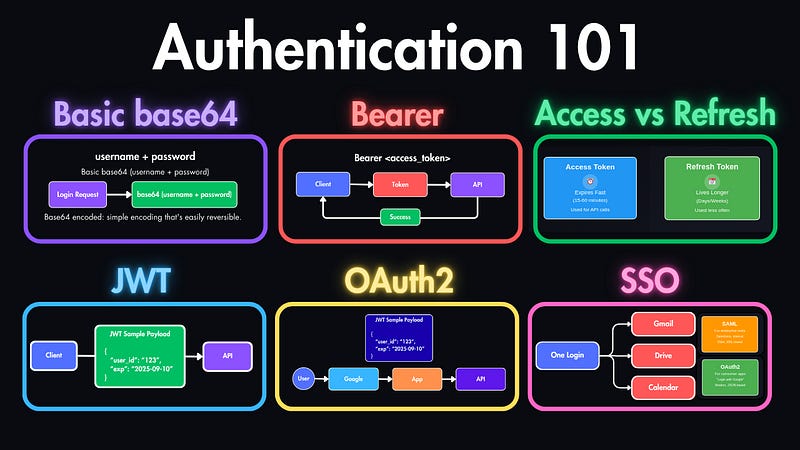
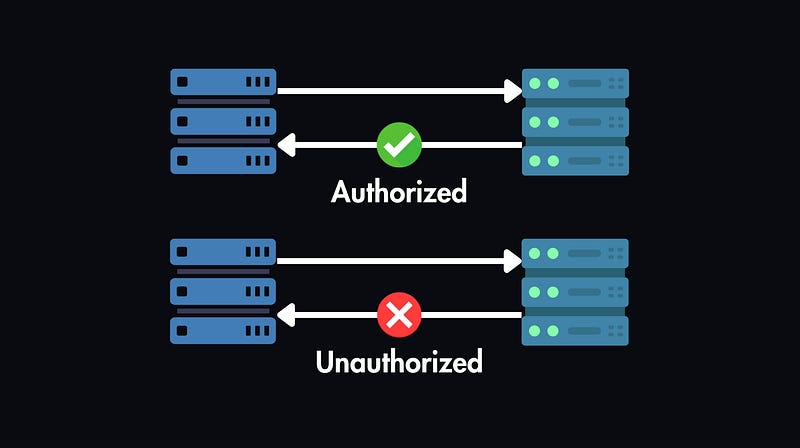
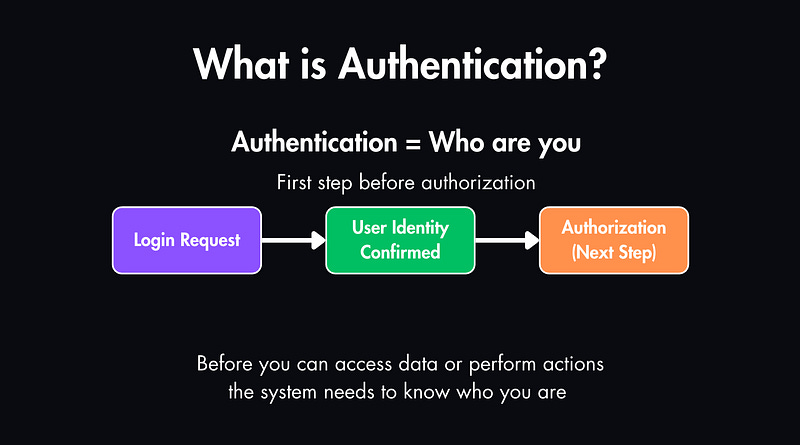
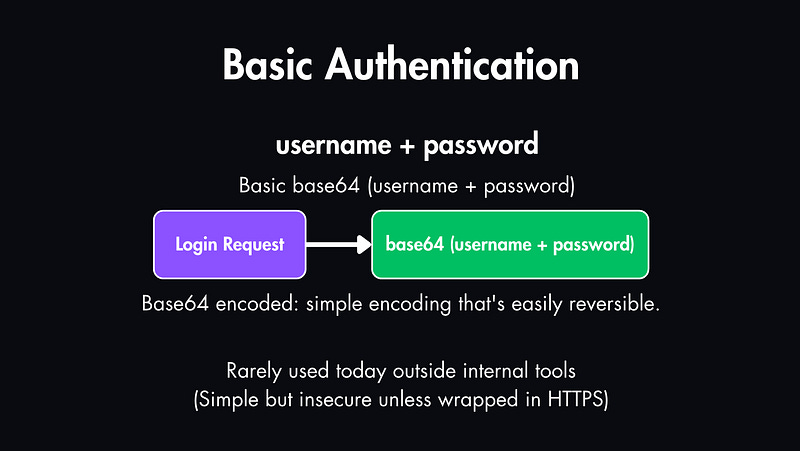
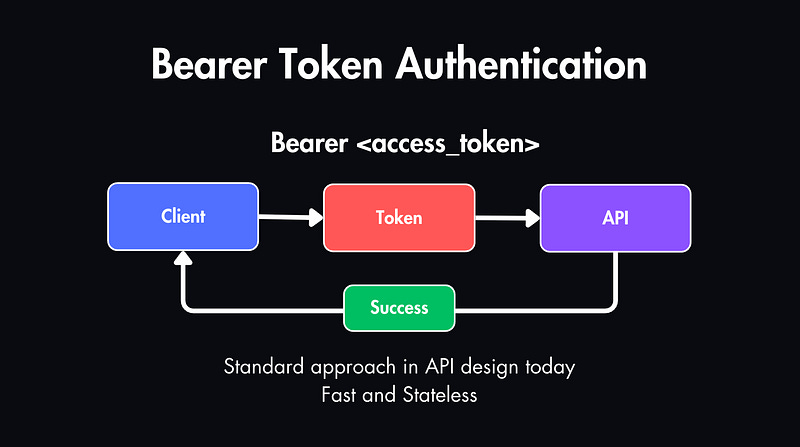
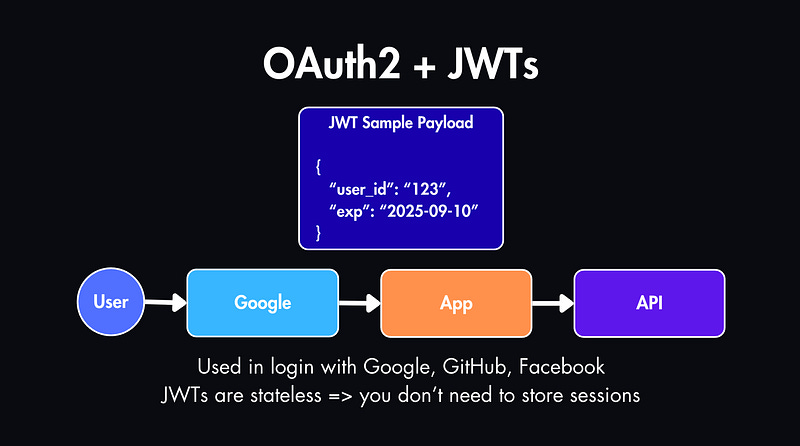
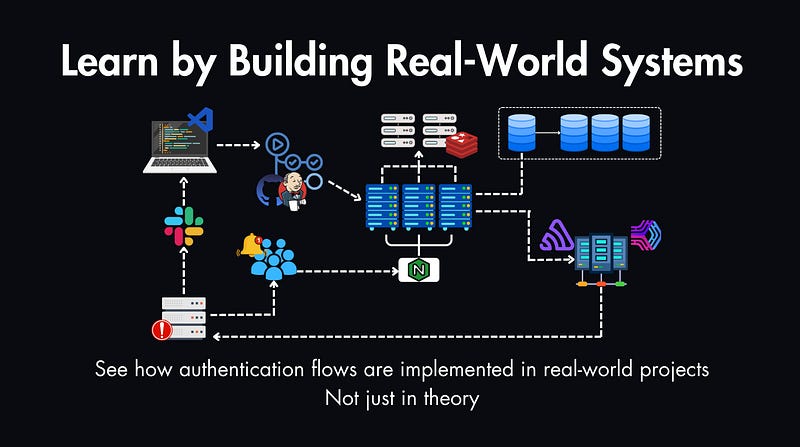
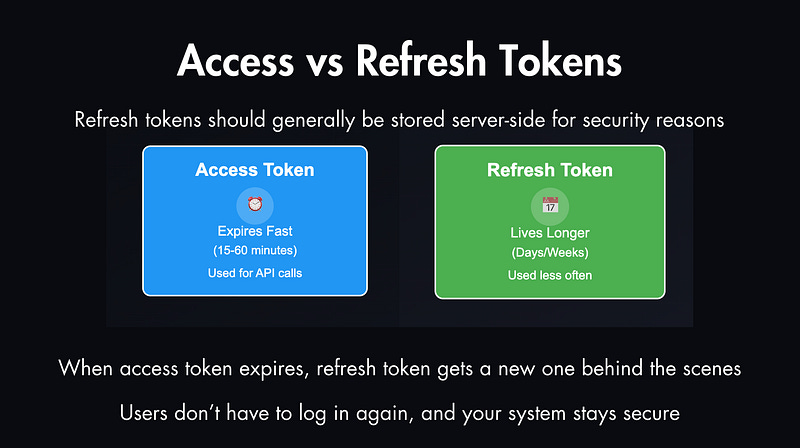
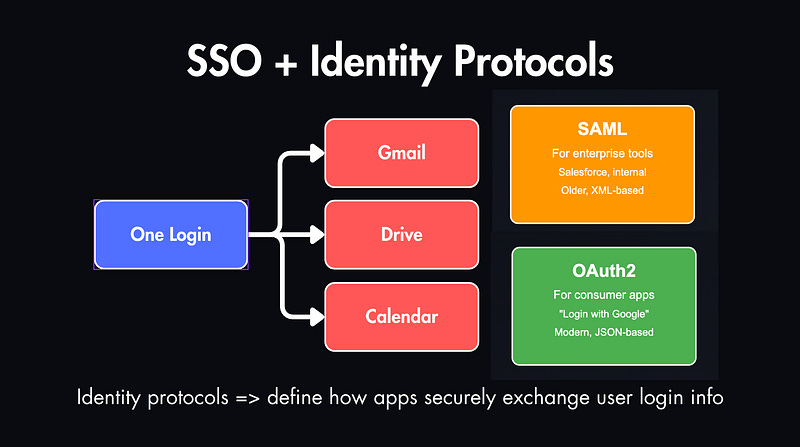
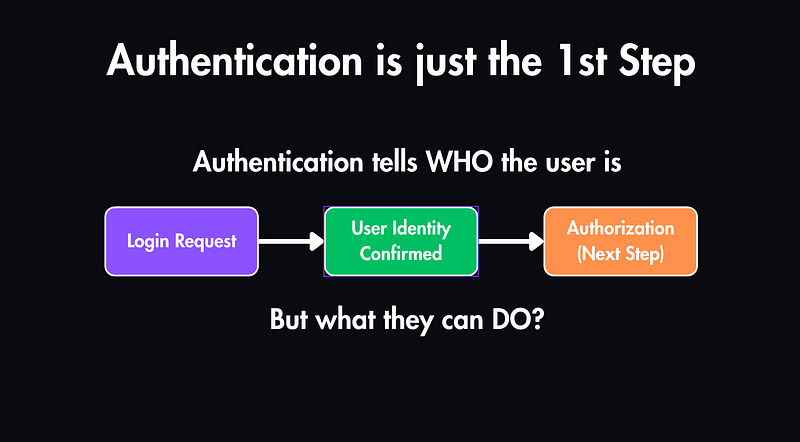
This is a great read!
Understanding Authentication is really necessary in securing software applications!
++ Good Post, Also, start here Compilation of 100+ Most Asked System Design, ML System Design Case Studies and LLM System Design
https://open.substack.com/pub/naina0405/p/important-compilation-of-most-asked?r=14q3sp&utm_campaign=post&utm_medium=web&showWelcomeOnShare=false